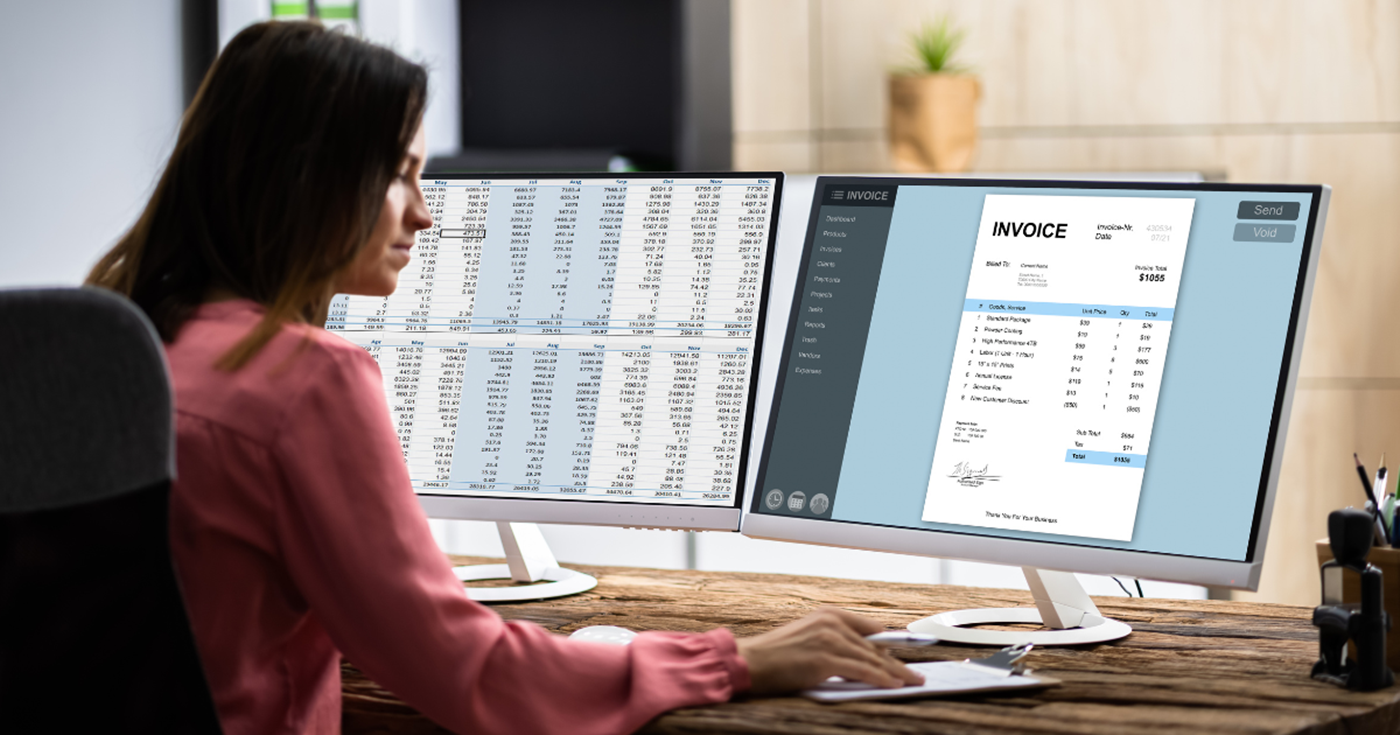05 April 2024
Following on from his first instalment about QuickBooks updates, Callum Hill from the Haines Watts Launceston office highlights the different ways to automate QuickBooks in this blog.
QuickBooks cloud accounting software is a great piece of software used by businesses and accountants. Having used the software for many years, I thought it would be helpful to outline ways you can save time by automating QuickBooks entries.
How to automate QuickBooks entries
You can save lots of time and make your bookkeeping more effective by automating some of the functions within QuickBooks. These include:
- Setting bank rules to show specific transactions and using the ‘test rule’ button to sanity check the bank rule you have set up.
- Sorting and filtering in the bank feed to save time looking for transactions.
- Using the search facility on bank transactions simplifies the process and saves time.
- Filtering by using the slider button to identify ‘transactions with rules applied’, ‘transactions with banking matches’, etc.
Getting to grips with bank rules
An example of setting bank rules I have used is having a council tax rule set to read the bank text of ‘Cornwall Council’ to be greater than the monthly DD and not to exceed the amount paid +£30. This provides some leeway when the monthly council tax increases). These parameters can prevent, for example, car parking payments to Cornwall Council from being picked up by my council tax rule.
There is also the ability to set bank rules to ‘auto-add’ so no manual inputting for categorisation is needed.
And don’t forget the ‘test rule button’; it will tell you how many transactions your current parameters will apply to before setting it up.
Blank recurring transactions
Something I have learnt you can do is the ability to set up blank recurring transactions. At first glance, that may appear pointless, but here’s how it can work in practice:
A shopkeeper who may have to add a sales receipt to record daily/weekly till takings, etc., will manually set up a sales receipt each time. With unscheduled blank recurring transactions, I can create a skeleton of a sales receipt including all the correct nominal codes (e.g. cash sales, card sales, under/overs) and set up all of the VAT codes on the recurring transaction.
All I would need to do to create this is enter the amounts. This feature may be extremely useful for those in the retail sector.
This is so simple it can be done on the QuickBooks mobile app. You can go to the app and type in a few numbers in a couple of boxes on the till takings template, and as easy as that, you’ve recorded your takings!
QuickBooks and the flat rate VAT scheme
If you are on the VAT flat rate scheme, if you were to do your bookkeeping as if you were on the accruals or cash basis (e.g. putting all expense items with their respective VAT rate) within the prepare return screen on the taxes tab, QuickBooks will tell you the gain or loss by being on the flat rate scheme.
Conclusion
The key takeaways from this blog (and my QuickBooks updates – part 1 blog) should be to think outside the box. Ask yourself, how can I get my software to work for me?
Artificial intelligence (AI) has received much media coverage recently, and I feel it is here to stay. You can use AI and automation tools to make your bookkeeping quicker and simpler. The future is coming! Be prepared!
If you want to learn how to use QuickBooks more effectively, contact your nearest Haines Watts office.





